What‘s FAB?
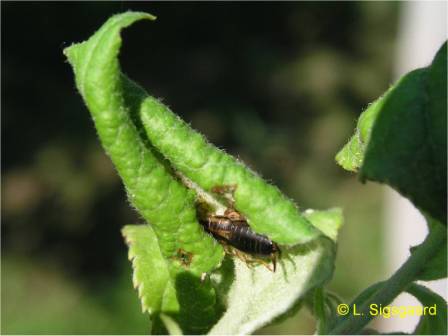 | 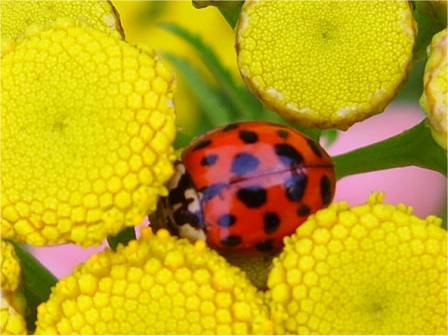 | 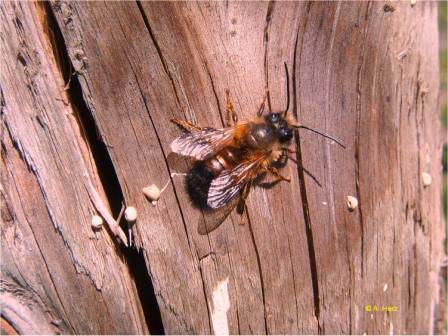 |
Depending on the agroecosystem, Functional (Agro-)Biodiversity (FAB) consists of different components around the particular crop. These elements can run along a trophic cascade, but may be also other parts of the crop system. At the first trophic level, crop diversity allows the selection of cultivars resistant to pests and diseases and adapted to particular soil and climate conditions. Secondary plants in the system support natural enemies providing shelter and food and may improve soil conditions. Alternative prey can sustain populations of natural enemies when target pests are scarce. Pollinators like wild bees and many fly families need continuous resources of flowering plants in their habitat for nutrition. Extensively managed sites in the orchard (old trees, stones, sand walls) are home of many beneficials.
The fruit grower can actively manage these different trophic levels of FAB in the orchard. The society shall support these activities with real appreciation.
 | 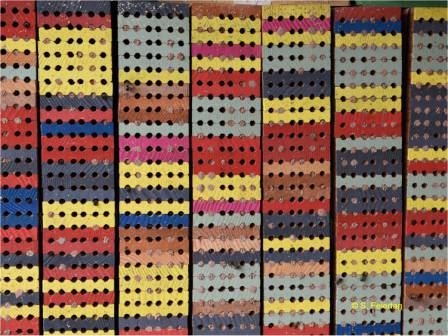 | 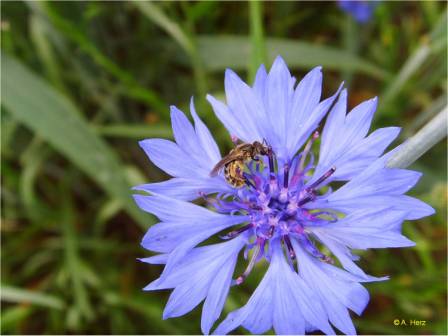 |
EBIO-Network offers a compilation of methodology how to create FAB in orchard systems and also how to assess/monitor FAB after application of these measures. New knowledge and experiences are highly welcome and can be communicated to the EBIO-Network via “Get connected”

